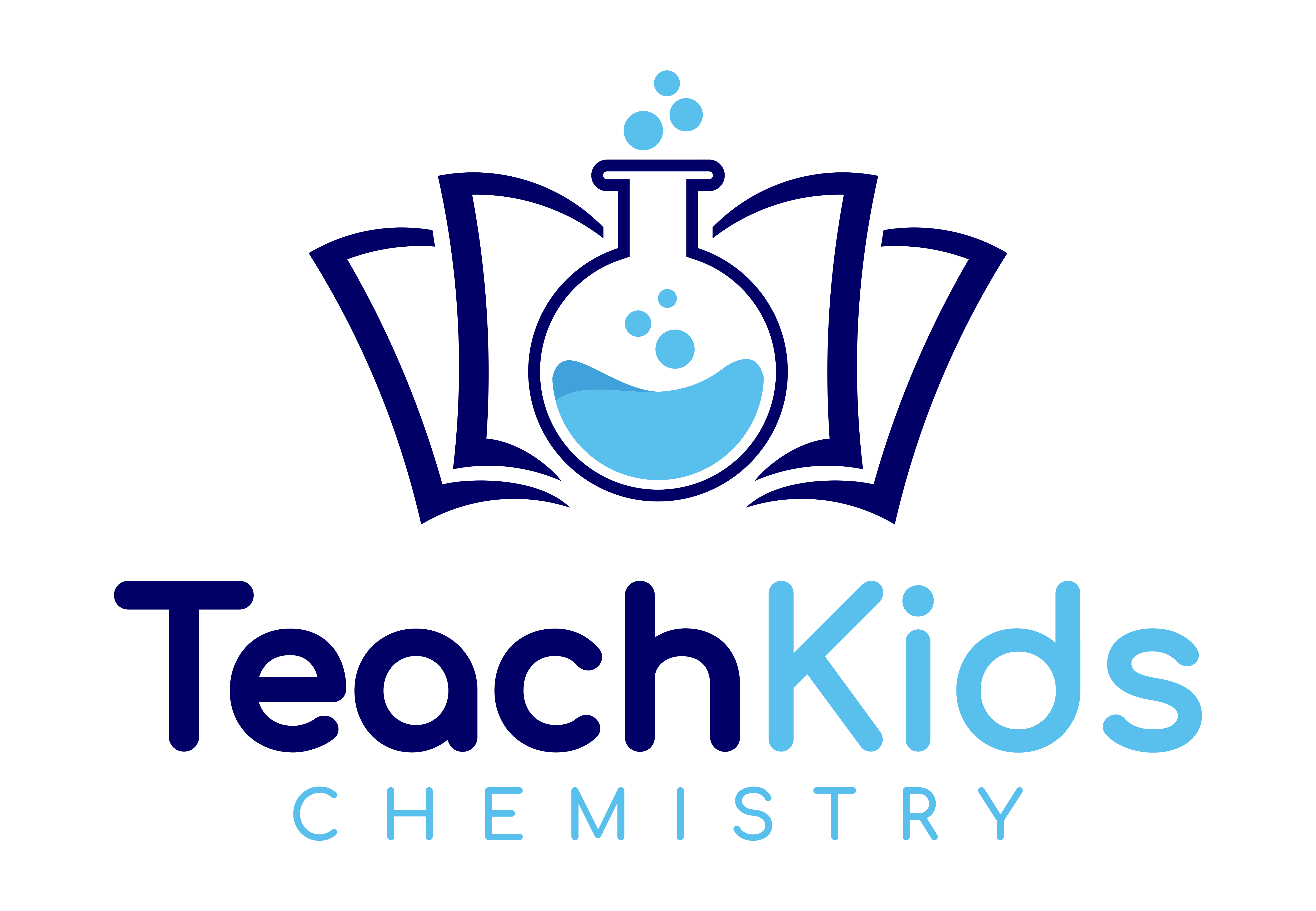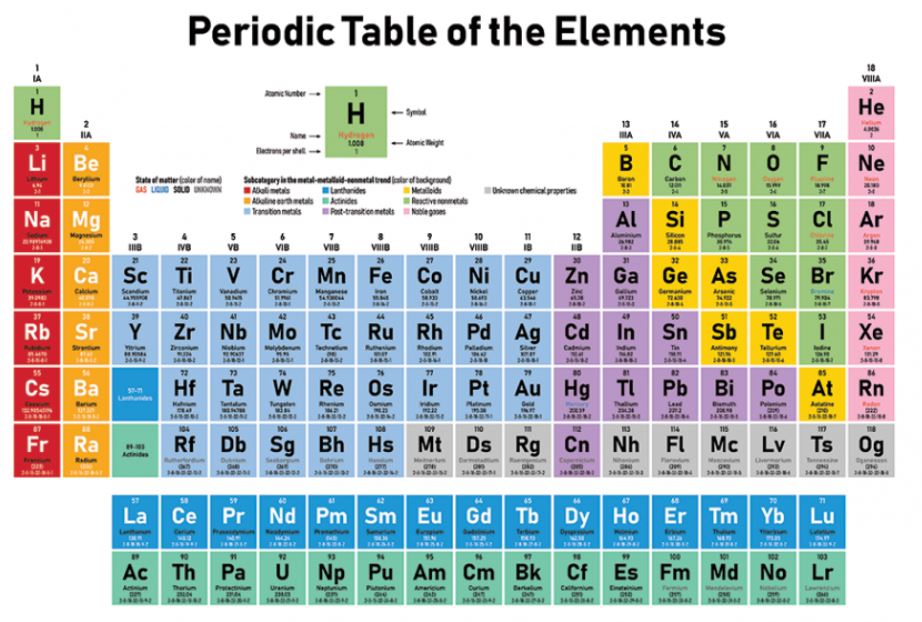Hello and welcome to Teach Kids Chemistry! Today, we will be exploring the fascinating element known as rhenium. Rhenium is a rare and valuable metal that has many unique properties and uses. In this overview, we will learn about its discovery, physical and chemical properties, and its importance in various industries. So, let’s dive in and discover the wonders of rhenium!
The Periodic Element Rhenium Overview
Rhenium is a chemical element with the symbol Re and atomic number 75. It is a silvery-white, heavy, third-row transition metal in group 7 of the periodic table. Rhenium has an atomic mass of 186.21 u and its most stable isotope has 111 neutrons. It has 75 protons and 75 electrons in its atomic structure. Rhenium is located in period 6 and group 7 of the periodic table. It is a metal and has a high electronegativity of 1.9. The specific heat capacity of rhenium is 25.48 J/(mol·K). It has a high melting point of 3459°C and a boiling point of 5869°C. The density of rhenium is 21.02 g/cm³.Rhenium is a rare and expensive metal that is used in high-temperature applications such as jet engines, gas turbine blades, and in filaments for mass spectrometers and ion gauges. It is also used as an electrical contact material due to its high electrical conductivity and resistance to corrosion. Rhenium is also used in the production of catalysts for the chemical industry. Despite its high cost, rhenium is an important element in modern technology due to its unique properties and applications.
Everyday objects that contain the periodic element rhenium?
There are many everyday objects that contain chemicals or compounds that can be used to teach chemistry concepts. For example, water is a compound made up of two hydrogen atoms and one oxygen atom, and can be used to teach about chemical formulas and the properties of compounds. Salt, which is made up of sodium and chlorine ions, can be used to teach about ionic bonding and the properties of solutions. Baking soda, which is sodium bicarbonate, can be used to teach about chemical reactions and the properties of acids and bases. Other examples include vinegar, which is acetic acid, and aspirin, which is acetylsalicylic acid. By using everyday objects that contain chemicals, students can learn about chemistry concepts in a simple and relatable way.
Differences in the periodic element rhenium across states of matter
The state of an element can vary greatly depending on its temperature and pressure. At standard temperature and pressure (STP), most elements are either solids or gases. Solids have a fixed shape and volume, while gases have neither. As temperature and pressure increase, some solids can become liquids, which have a fixed volume but take the shape of their container. As temperature and pressure continue to increase, some liquids can become gases, which have neither a fixed shape nor volume. At extremely high temperatures and pressures, some gases can become plasmas, which are highly ionized and conductive. Plasmas are often found in stars and lightning bolts, and have unique properties such as the ability to emit light.
Is the periodic element rhenium dangerous or radioactive?
Rhenium is a chemical element with the symbol Re and atomic number 75. It is a silvery-white, heavy, third-row transition metal in group 7 of the periodic table. Rhenium is not considered to be a particularly dangerous element, nor is it radioactive. However, it is a rare and expensive metal, and its compounds can be toxic if ingested or inhaled in large quantities. Rhenium is primarily used in high-temperature superalloys, catalysts, and electrical contacts, and it has a number of other industrial and scientific applications. Overall, rhenium is a relatively safe and important element in modern technology and industry.
Is the periodic element rhenium rare and expensive?
Yes, rhenium is a rare and expensive element. It is a silvery-white metal with a high melting point and is primarily used as an alloying agent in superalloys for jet engine parts and in catalysts for the petroleum industry. Rhenium is one of the rarest elements in the Earth’s crust, with an abundance of only 1 part per billion. Its rarity and high demand make it one of the most expensive elements, with a cost of around $3,000 per kilogram.
Learn about all the elements with a periodic table!

